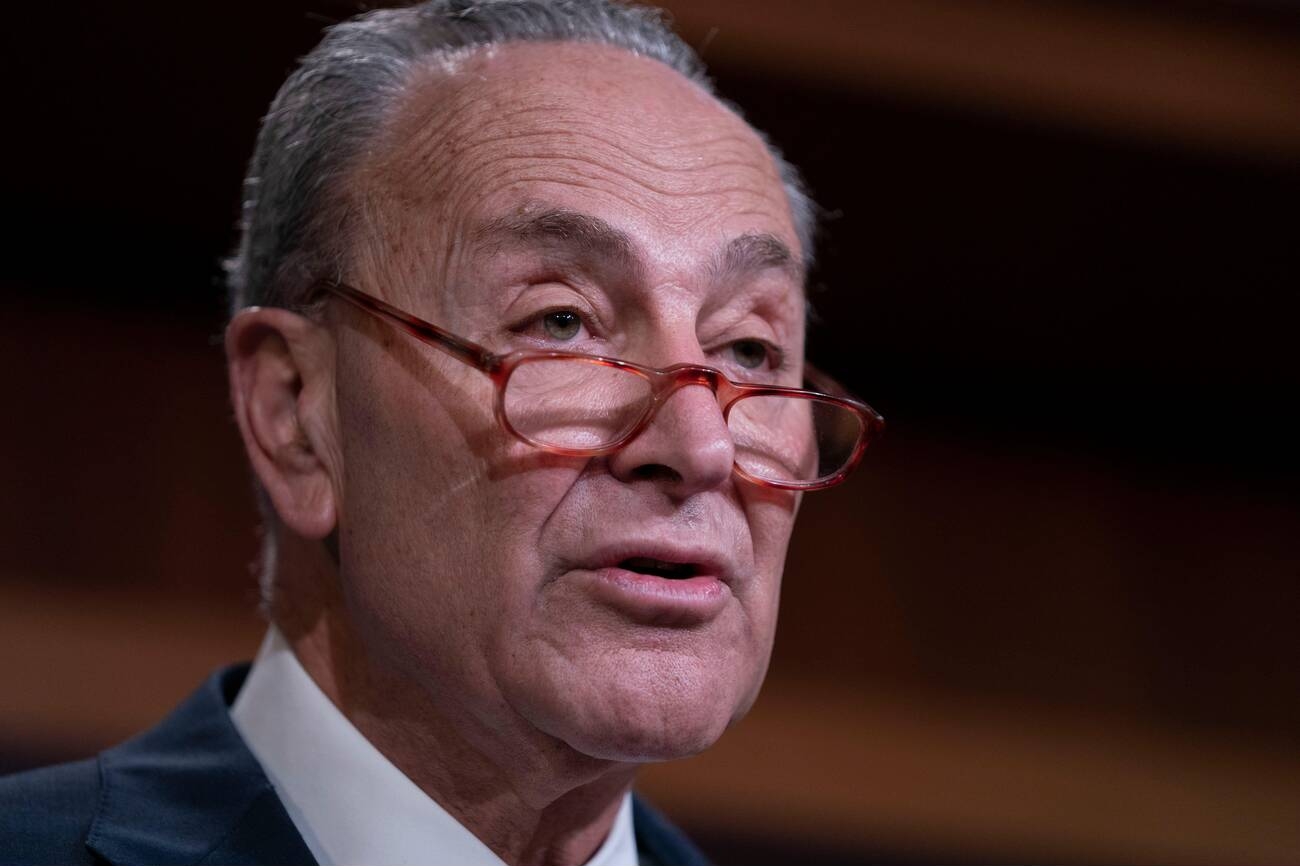Cadillac owners are members of an exclusive club. But the same thing can’t be said about the coming tax on so-called Cadillac health insurance plans.
According to a new report by the Kaiser Family Foundation, a nationally known nonprofit focusing on health issues, the tax will apply to 26 percent of the nation’s health insurance plans when it finally takes effect in 2018 – or more than one out of every four plans. Thee results are based on the findings in the2015 Kaiser/HRET Employer Health Benefits Survey expected to be released on September 22.
What’s more, the number of plans affected by the Cadillac tax is projected to grow steadily in the future. Absent any changes, the Kaiser report shows that 30 percent of the plans could be liable for the tax five years after it kicks in and 42 percent another five years down the road. This analysis takes into account different scenarios comparing plans with and without flexible spending accounts; small employers versus large employers; and various growth rates in premiums.
With the higher incidence of plans falling into the danger zone, it can no longer be said that the Cadillac tax is limited to top-of-the-line offerings. Pundits might want to change the moniker to the Ford Fiesta or Chevy Sonic tax.
The tax provision is included in the Affordable Care Act (ACA), the massive health insurance legislation known as Obamacare, which has already withstood several challenges in the courts. Under the ACA, the tax equals 40 percent of the excess above certain thresholds for health insurance coverage. For 2018, the first year of the tax assessment, the thresholds are $10,200 for single health insurance coverage and $27,500 for family coverage. These amounts will be indexed for inflation in subsequent years.
What’s the impact on your business clients? Forward-thinking employers aren’t twiddling their thumbs as the effective date of the Cadillac tax gets closer. Many have already started to make modifications in anticipation of the tax to avoid or reduce their potential liability. Along those lines, the Kaiser report advises employers to consider the following:
- Increasing deductibles and other cost sharing;
- Eliminating covered services;
- Capping or eliminating tax-preferred savings accounts like Flexible Spending Accounts (FSAs), Health Savings Accounts (HSAs) or Health Reimbursement Arrangements (HRAs);
- Eliminating higher-cost health insurance options;
- Using less expensive (often narrower) provider networks; and
- Offering benefits through a private exchange (which can use all of these tools to cap the value of plan choices to stay under the thresholds).
For the most part, these changes will most likely result in employees paying a greater share of the overall health care costs out of their own pockets.
Best approach: There’s no “right” or “wrong” way for employers to address this issue, but they should investigate the options at their disposal. Make sure that your clients are aware of all the implications under the Cadillac tax. There’s still plenty of time to make the necessary accommodations in their plans or to seek replacements.
Thanks for reading CPA Practice Advisor!
Subscribe Already registered? Log In
Need more information? Read the FAQs
Tags: Benefits, Legislation




